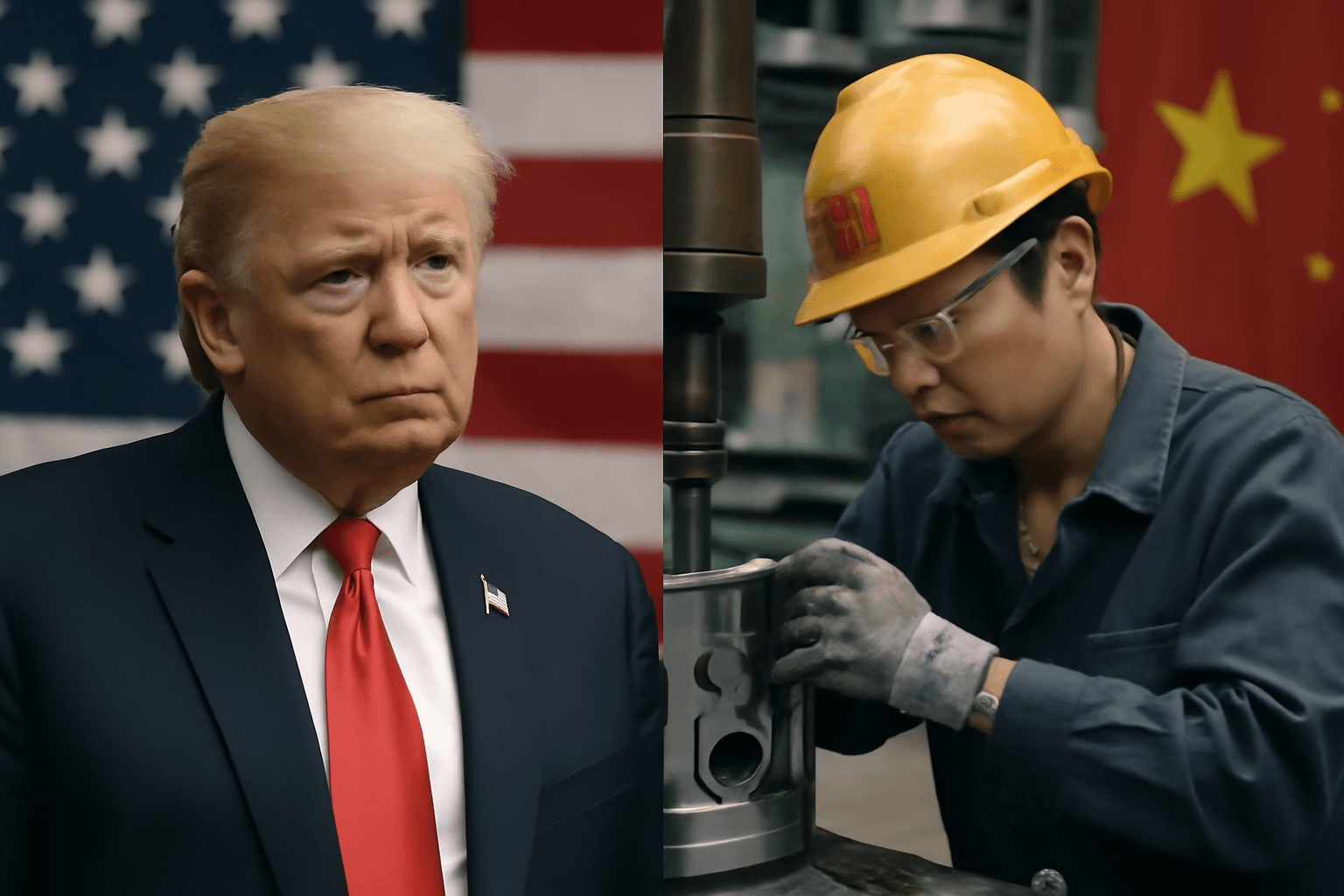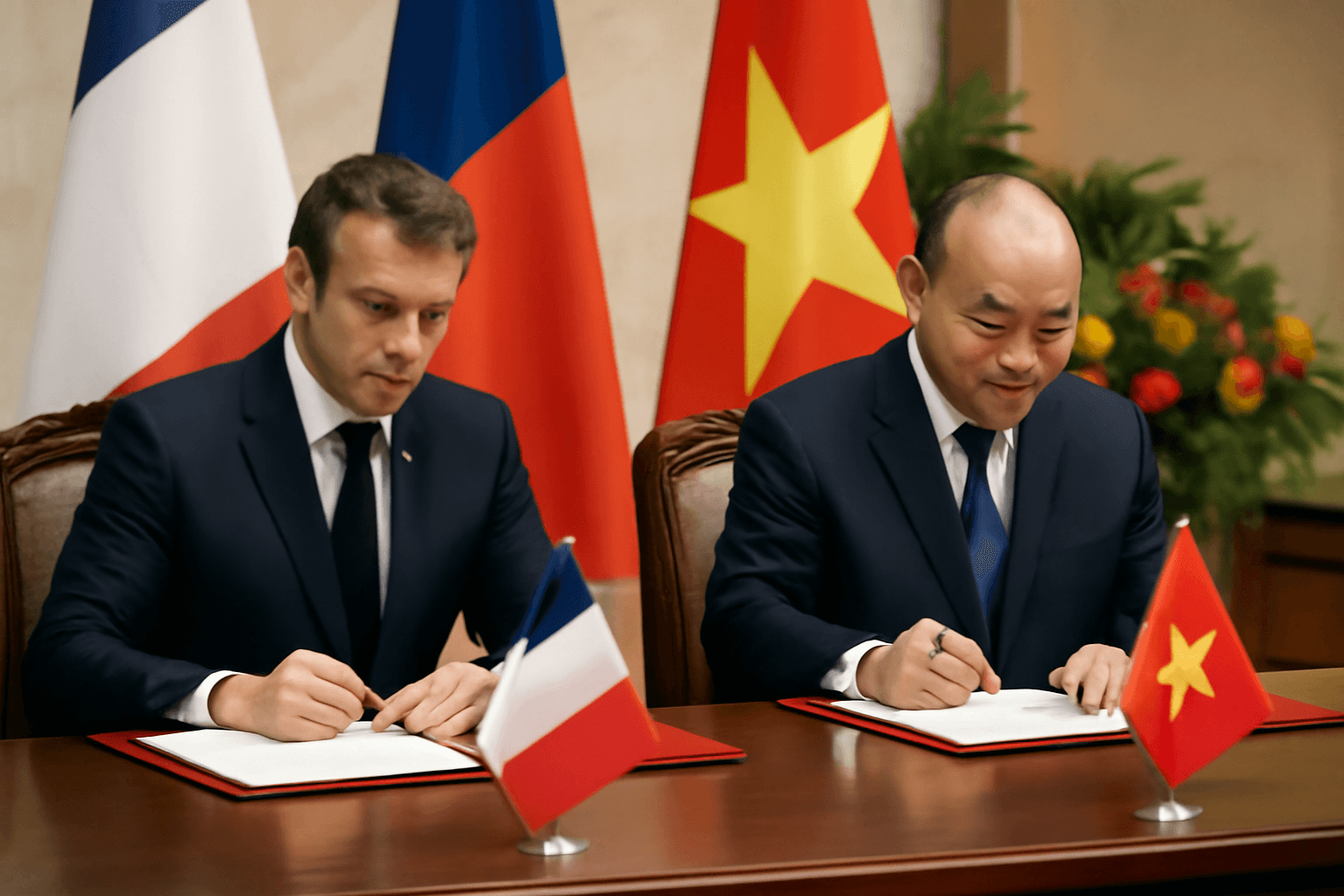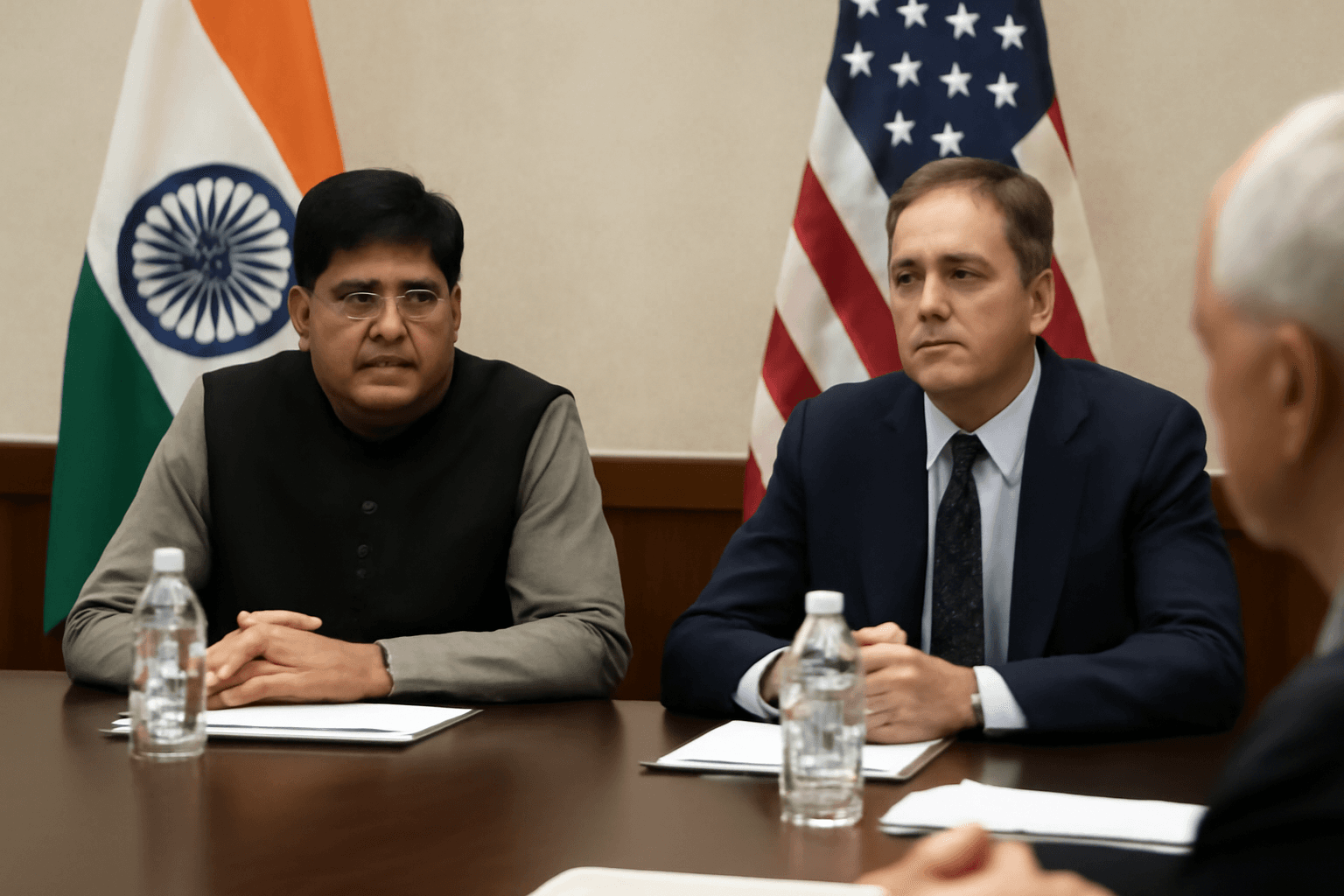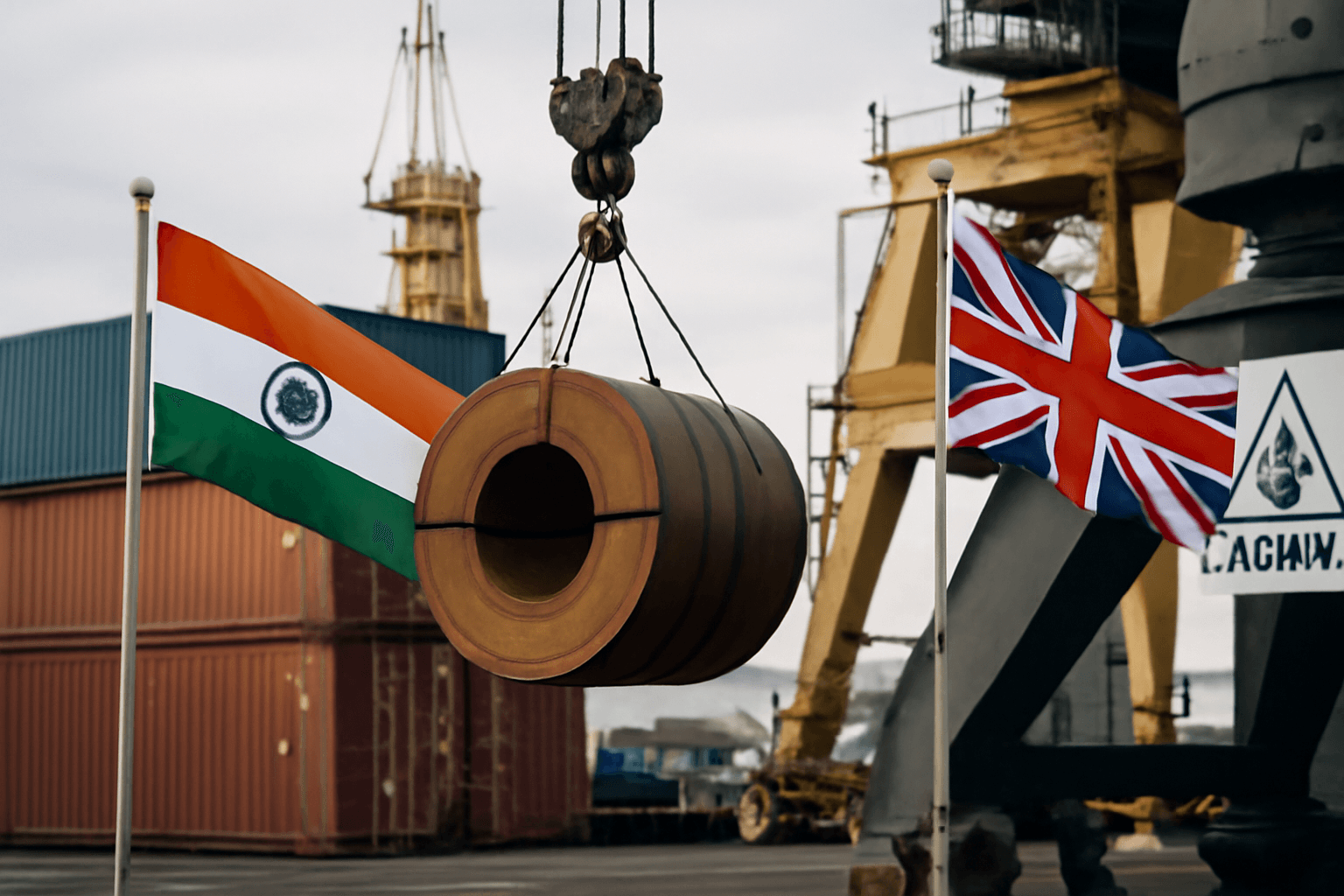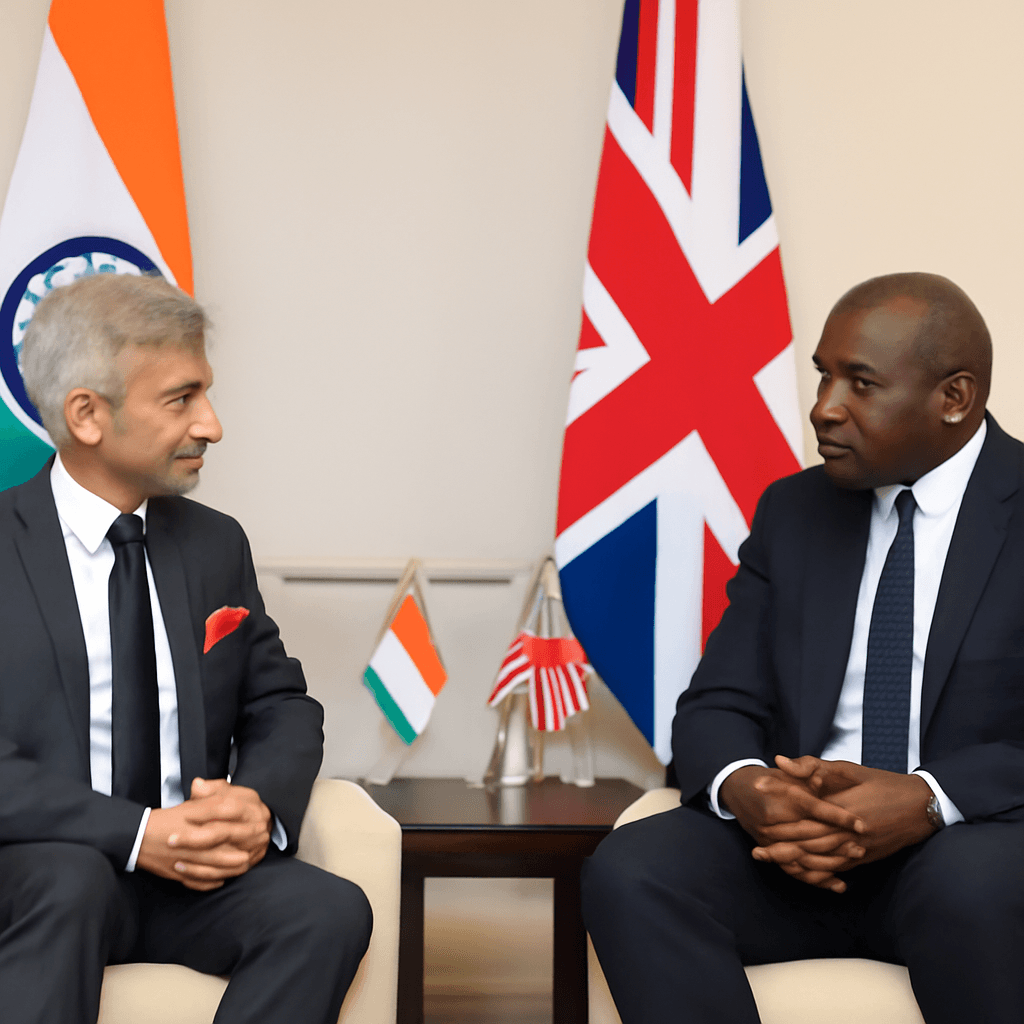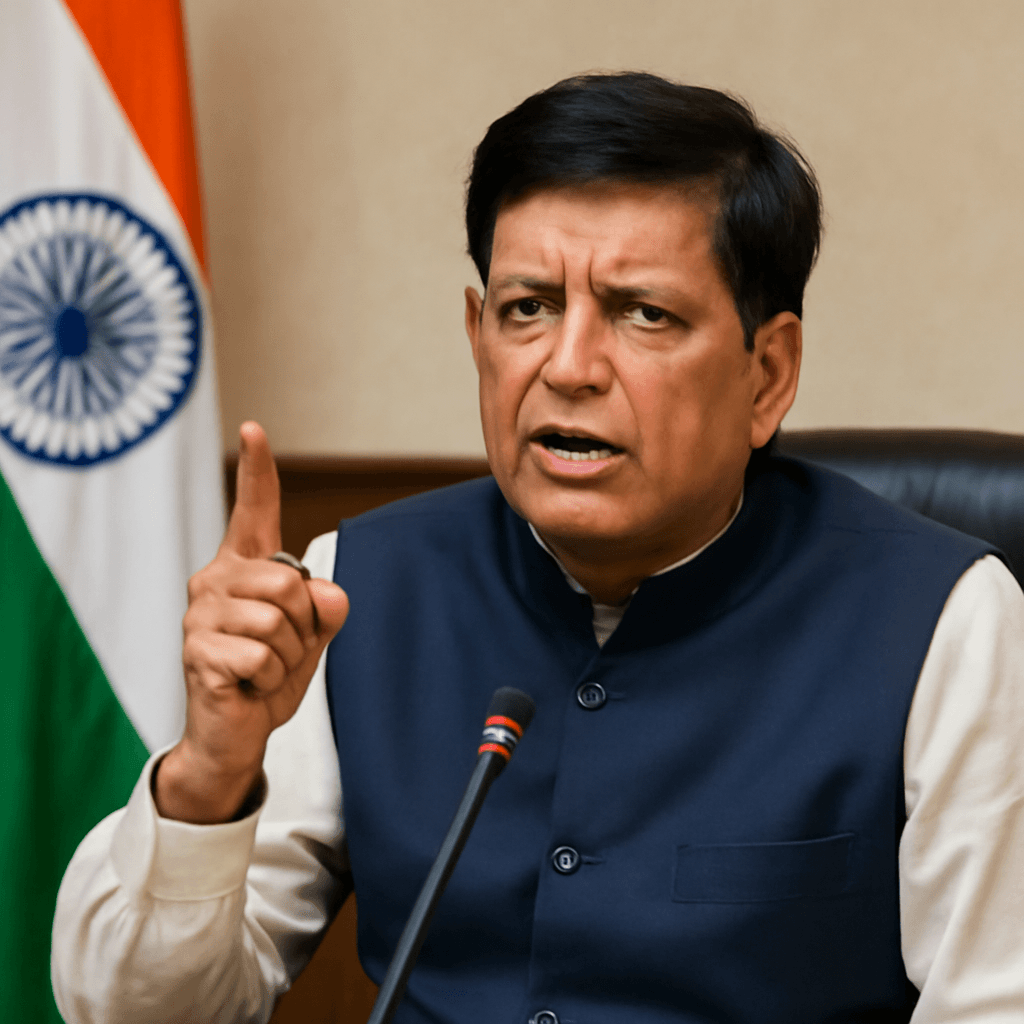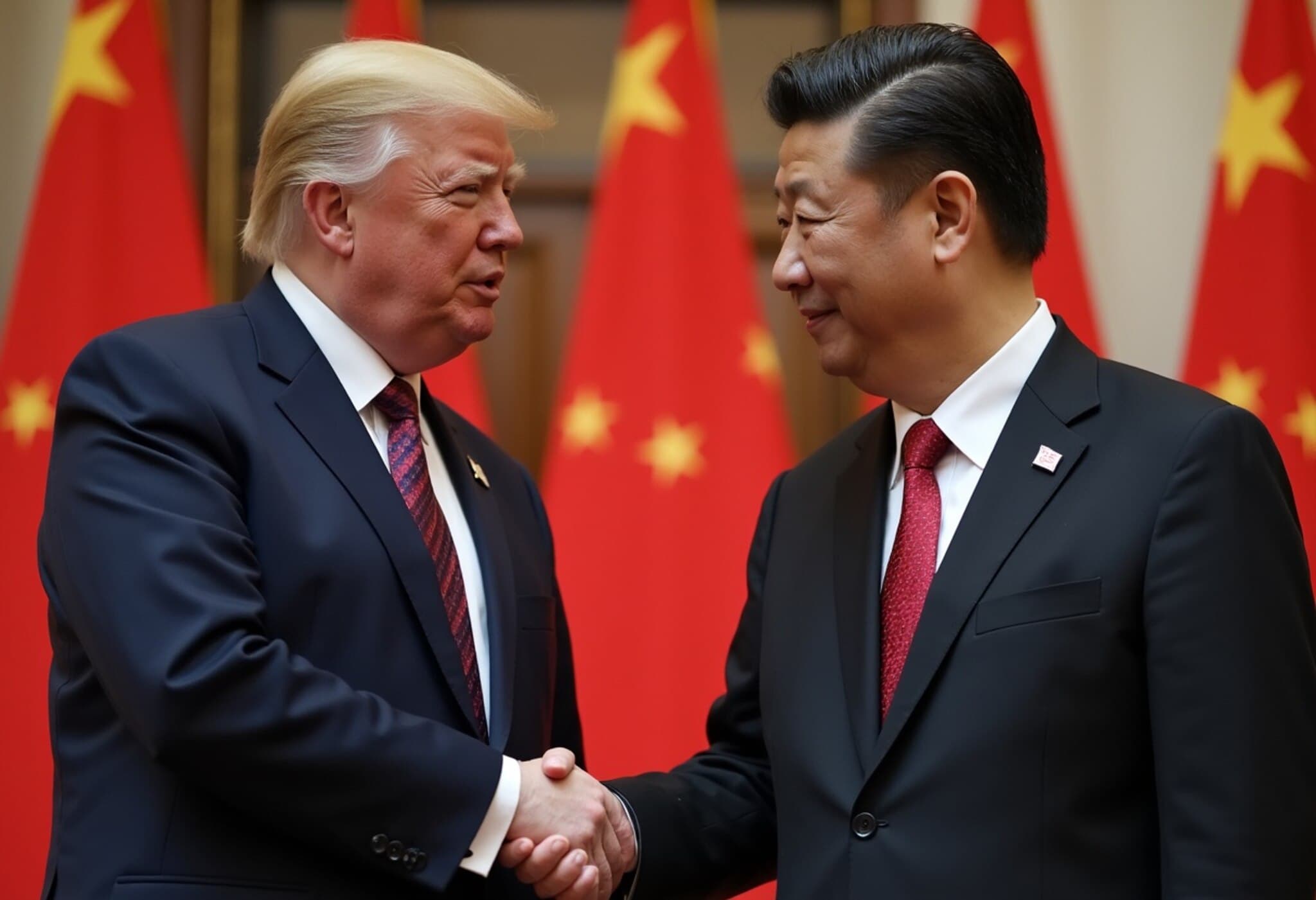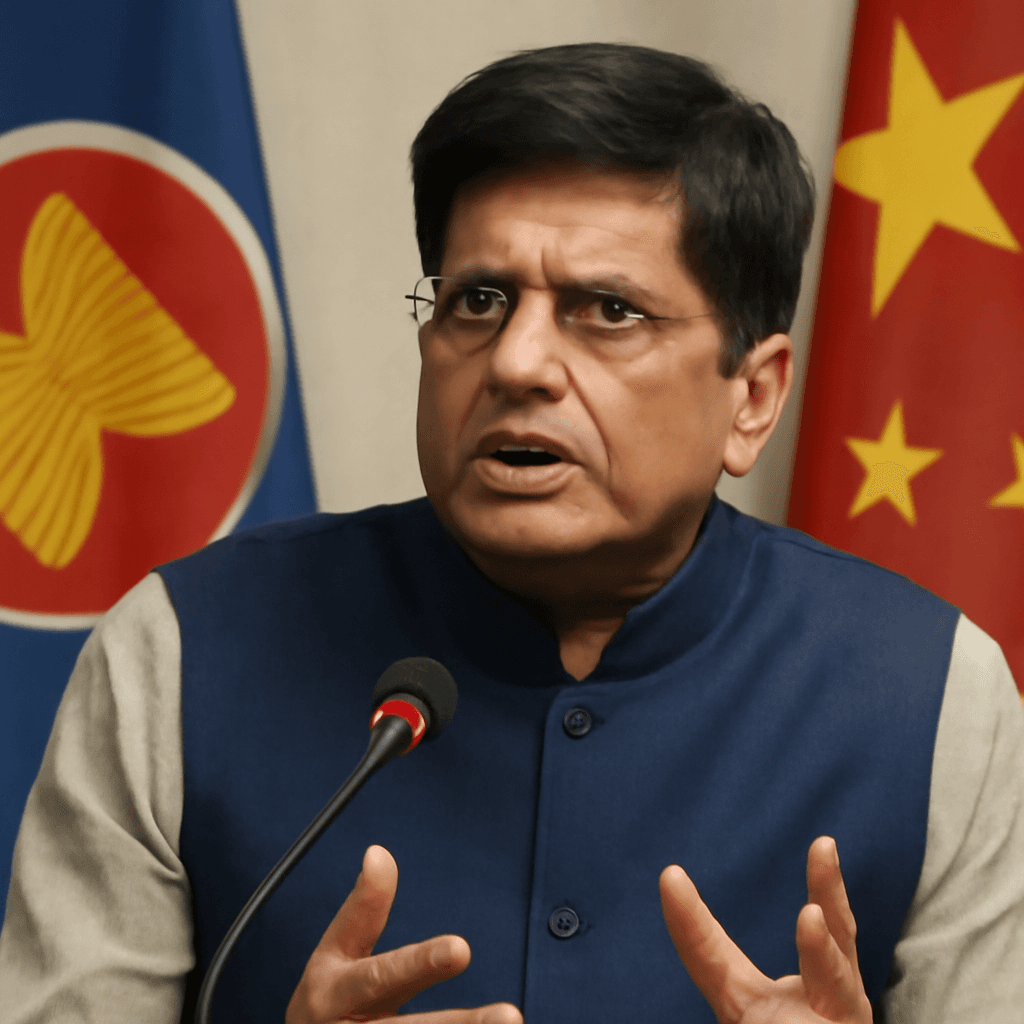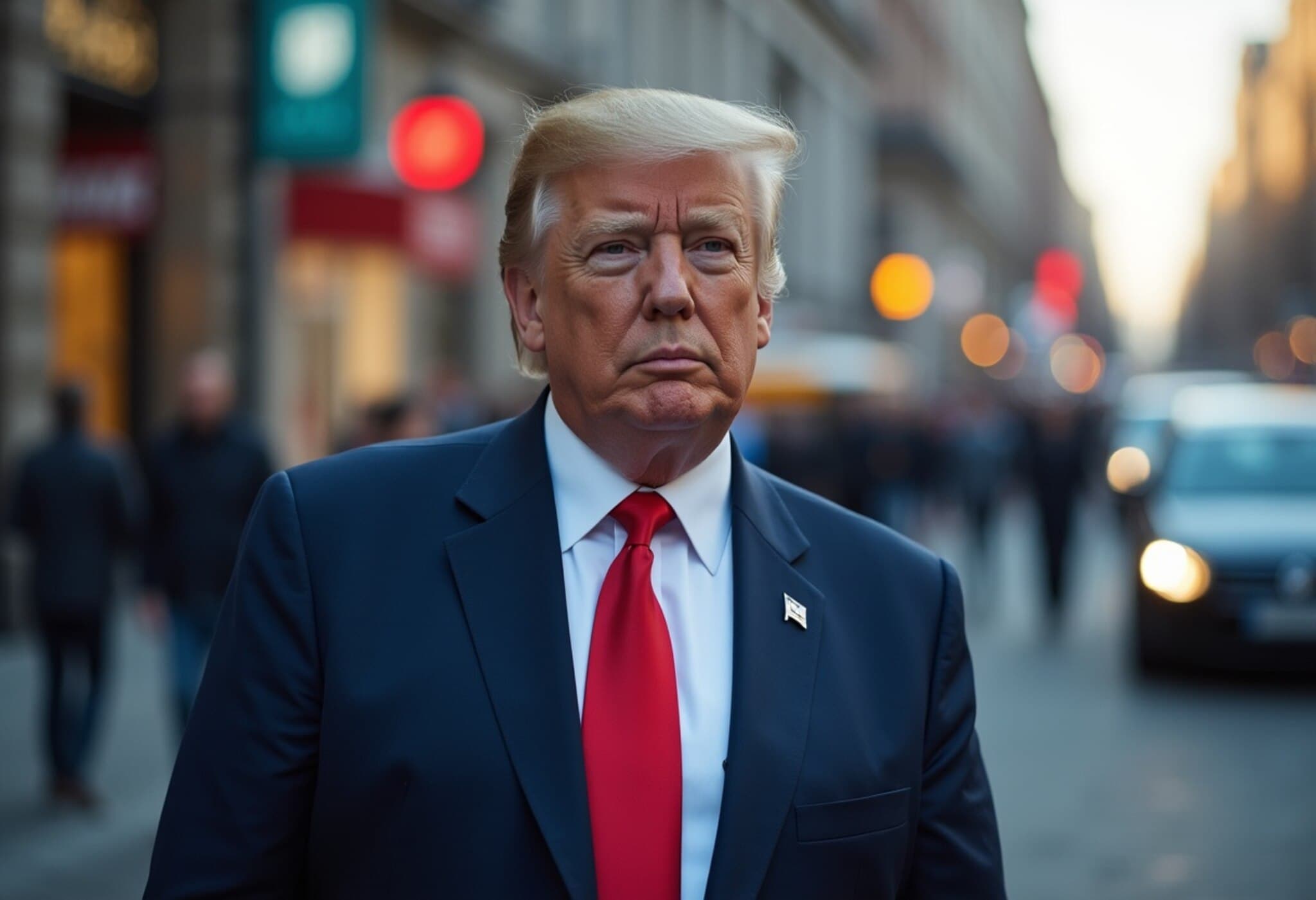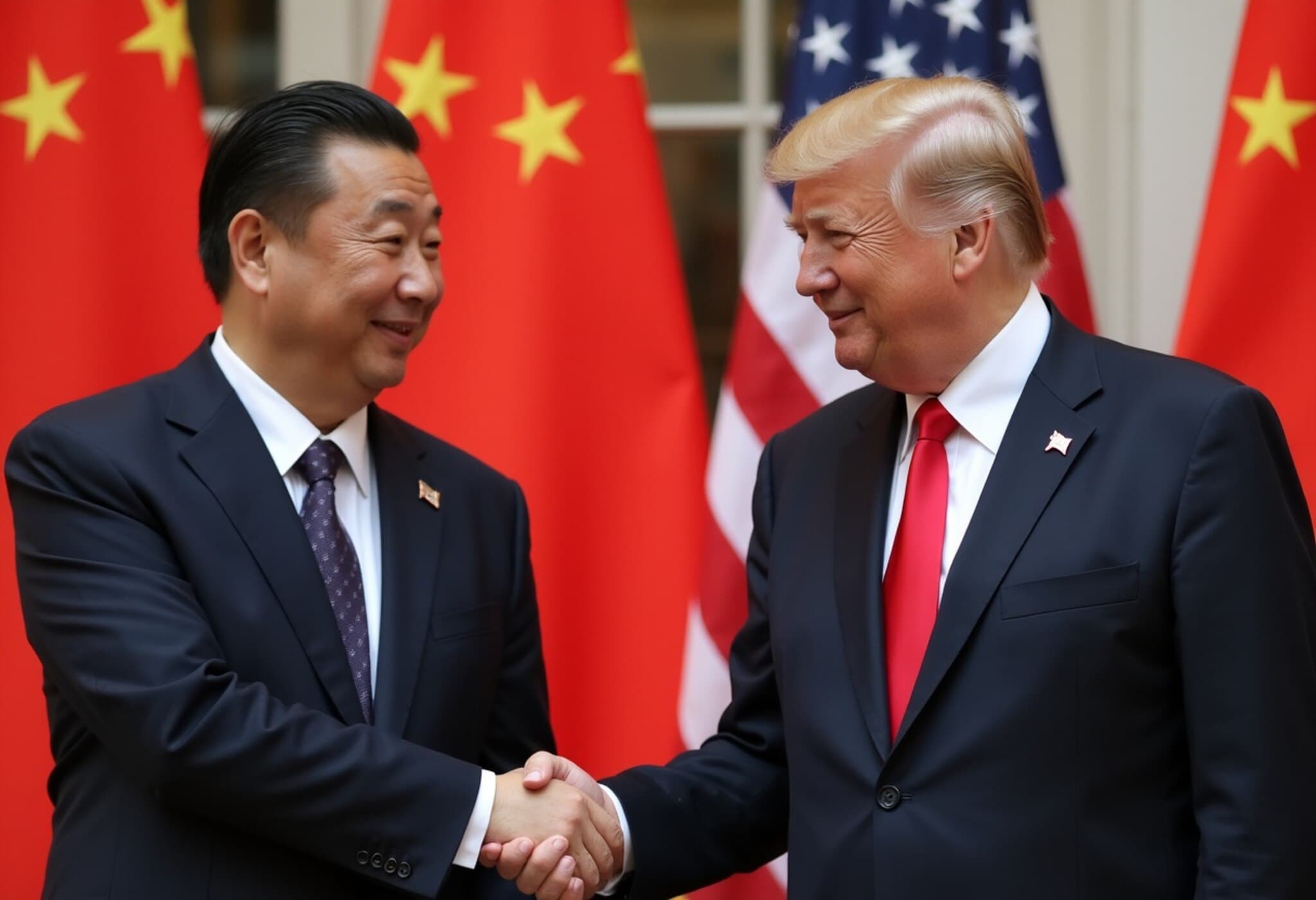India Prioritizes Interests Over Deadlines in US Trade Negotiations
As the July 9 deadline approaches for the pause on retaliatory tariffs between India and the United States, Union Minister of Commerce and Trade Piyush Goyal emphasized that India will not rush into signing a trade agreement merely to meet timelines. Instead, the country insists on negotiating terms that serve its national interests.
Current Status of India-US Trade Talks
An Indian delegation, led by chief negotiator Rajesh Agrawal, recently returned from Washington after intense discussions with US officials. Agrawal acknowledged ongoing challenges particularly in the agriculture and automobile sectors, stressing that negotiations would continue until key issues are resolved.
Goyal highlighted that India is simultaneously engaged in trade agreements with various partners including the European Union, New Zealand, Oman, Chile, and Peru, reiterating the principle that trade deals are viable only when both parties benefit mutually.
National Interest Takes Precedence
“India never makes a trade deal based on a timeline,” stated Goyal. “We move forward only when the agreement is fully matured and aligned with our national priorities.” This stance comes amid concerns over a recent 26% US reciprocal tariff on Indian goods, which was temporarily suspended for 90 days starting April 2, though a baseline 10% tariff remains in effect. India continues to press for a complete exemption from the additional levies.
US Perspective: A Call for a 'Different Deal'
Earlier this week, former US President Donald Trump expressed optimism about reaching a trade agreement, describing it as potentially “different” with “much less tariffs.” He pointed out India’s restrictive trade policies as a barrier and suggested that easing these could lead to a more favorable deal with reduced tariffs.
Negotiation Dynamics: Areas of Concession and Demand
Negotiations in Washington have extended over six days, with both sides striving to align on critical issues. Reports suggest the US might soften some aggressive tariff measures in exchange for duty-free access to India’s sensitive agricultural market. The US aims to secure tariff reductions on industrial products such as automobiles, wine, and petrochemicals.
Conversely, India seeks lower tariffs on labor-intensive exports like textiles, gems and jewelry, leather goods, garments, plastics, chemicals, shrimp, oilseeds, grapes, and bananas. These sectors form a crucial part of India’s export economy and are at the center of proposed concessions in the trade deal.
Looking Ahead
With the July 9 deadline looming, India remains firm in its approach, prioritizing a balanced agreement that protects national interests over hasty conclusions. Both nations appear committed to continuing talks, though the outcome will hinge on reconciling complex economic and political considerations within the limited timeframe.



